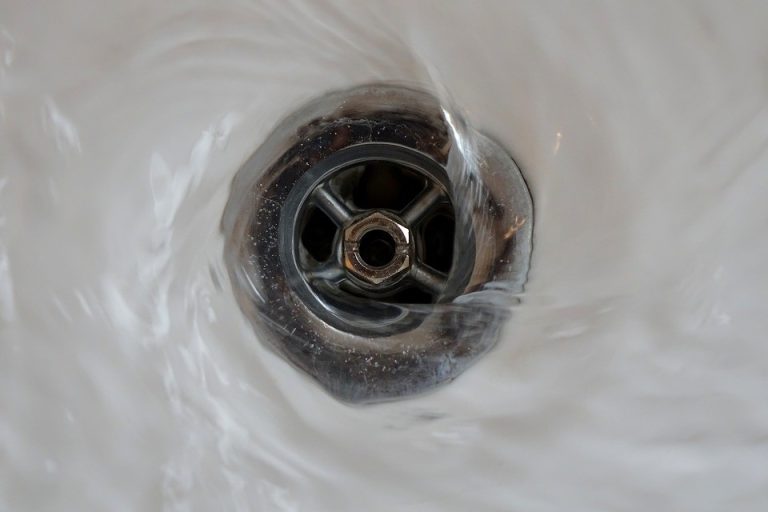Every year seems to bring with it an even hotter summer heatwave than the year before, encouraging homeowners to find new ways to keep their families cool. With this trend showing no signs of stopping, now could be your chance to make a huge difference to your home and install a Dream pool. Swimming pools are fun for the whole family. Kids of all ages are more than happy to spend their entire school holidays splashing around, while parents can enjoy a refreshing dip without having to brave the local lido or queues for the beach. If you’ve been toying with the idea of installing a pool in your garden but aren’t sure where to start, here are the five essential questions to help you work out the best pool for your family. Who is it for? The first question you have to ask yourself is simple: who will be using the pool the most? If you’re thinking about using it as a way to keep growing children throughout the summer, you should be looking at very different design features than if the pool is intended for fitness. When it comes to designing your pool (and the area around your pool), use the people who will be swimming in it the most to inform any features you might want to install for safety or convenience. For example, if you have little ones running around then a high fence and a lockable gate is a must. You will also want the pool to be in an area of the garden that can be easily supervised. On the other hand, a deep pool will be better for older children, and a pool in an adult-only residence can afford to be a little more design-led and hidden away from the rest of the building. What is it for? Similar to the first question, considering what the pool is intended for will dictate certain factors like its size, depth and leisure accessories. A pool for children should have a generous shallow end, multiple exit points and a hand or foot-hold around the edge. If you want to use your pool for entertaining, you may want to incorporate luxurious features like a tanning ledge, jacuzzi area or in-built parasols. Fitness pools will be focused towards performance – you could even opt for a lap pool, as size and depth are less of an issue. Where is it going? Choosing a location for your pool is important. Not only do you need to take into account obvious factors like its size and shape, but you will also need to think about how its sun exposure and how its position will impact the safe use of the rest of your outdoor space. Ideally, you want your pool to catch as much sun during the late morning and throughout the afternoon. This will make the water slightly warmer during use and make it a refreshing place to take a dip during the warmest parts of the day. Don’t forget to think about the dry areas you want around the pool, for lounging, dining or entertaining. Will you be building a designated pool area, where you can store accessories, toys and any drinks and snacks you might want when you’re lounging? If not, think about your route back to the house or shed and whether there’s an efficient pathway you could build. How quickly do you want it? Above-ground pools might not look as streamlined as an in-ground design, but they will be much, much quicker to install. Additionally, the larger and deeper you expect your pool to be, the longer it will take to construct, and certain materials are faster to install than others. With this in mind, think about how much you are willing to compromise in terms of build schedule, price and aesthetic in order to get your pool installed quickly. You may want to consult with a specialist firm who use the latest technology to reduce installation times, with carbon ceramic materials and fast pool builders. How much upkeep are you prepared for? The depth and size of your pool usually correlate to the amount of upkeep it’s going to require, although its construction material will be a factor, too. Vinyl pools are inexpensive and easy to keep clean, but are prone to leaks and will need replacing every 3-7 years. Concrete is a porous material so, if you leave it unfinished, your pool will need to be kept meticulously clean to prevent bacteria growth. Fibreglass is a popular option for both affordability and ease of maintenance. Pool types that require less maintenance include lap pools and natural pools. Lap pools are simply easier to manage due to their modest size, while natural pools utilise a reed-based filtration system that keeps water clean without using chemicals. If you don’t want the upkeep of a regular pool, consider these options. Building a pool is an investment and may not suit every household, particularly in the UK. However, their contribution to fun, fitness and leisure means that once you take the plunge, you’re sure to love your pool for years to come.







